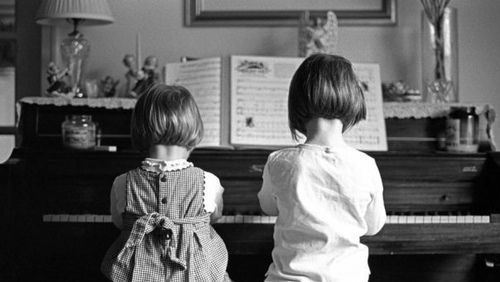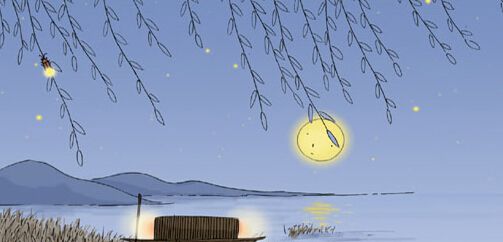乌鸦应对威胁的反应与人类相同
|
Cross a crow(乌鸦) and it'll remember you for years. Crows and humans share the ability to recognize faces and associate them with negative, as well as positive, feelings. The way the brain activates during that process is something the two species also appear to share, according to new research being published this week. "The regions of the crow brain that work together are not unlike those that work together in mammals, including humans," said John Marzluff, University of Washington professor of environmental and forest sciences. "These regions were suspected to work in birds but not documented until now. "For example it appears that birds have a region of their brain that is analogous(类似的) to the amygdala(杏仁核) of mammals," he said. "The amygdala is the region of the vertebrate brain where negative associations are stored as memories. Previous work primarily concerned its function in mammals while our work shows that a similar system is at work in birds. Our approach could be used in other animals -- such as lizards and frogs -- to see if the process is similar in those vertebrates(脊椎动物) as well." Marzluff is the lead author of a paper being published the week of Sept. 10 in the online edition of the Proceedings of the National Academy of Sciences. Previous research on the neural circuitry of animal behavior has been conducted using well-studied, often domesticated, species like rats, chickens, zebra finches, pigeons and rhesus macaques -- and not wild animals like the 12 adult male crows in this study. The crows were captured by investigators all wearing masks that the researchers referred to as the threatening face. The crows were never treated in a threatening way, but the fact they'd been captured created a negative association with the mask they saw. Then for the four weeks they were in captivity, they were fed by people wearing a mask different from the first, this one called the caring face. The masks were based on actual people's faces and both bore neutral expressions so the associations made by the crows was based on their treatment. In most previous neurological studies of animals, the work usually starts by sedating the animals, Marzluff said. Instead the approach developed by the UW involved injecting a glucose fluid commonly used in brain imaging into the bodies of fully alert crows that then went back to moving freely about their cages. The fluid flooded to the parts of the crow brains that were most active as they were exposed for about 15 minutes to someone wearing either the threatening or caring mask. Then the birds were sedated and scans made of their brains. All the birds were returned to the wild once all the work was completed. |








